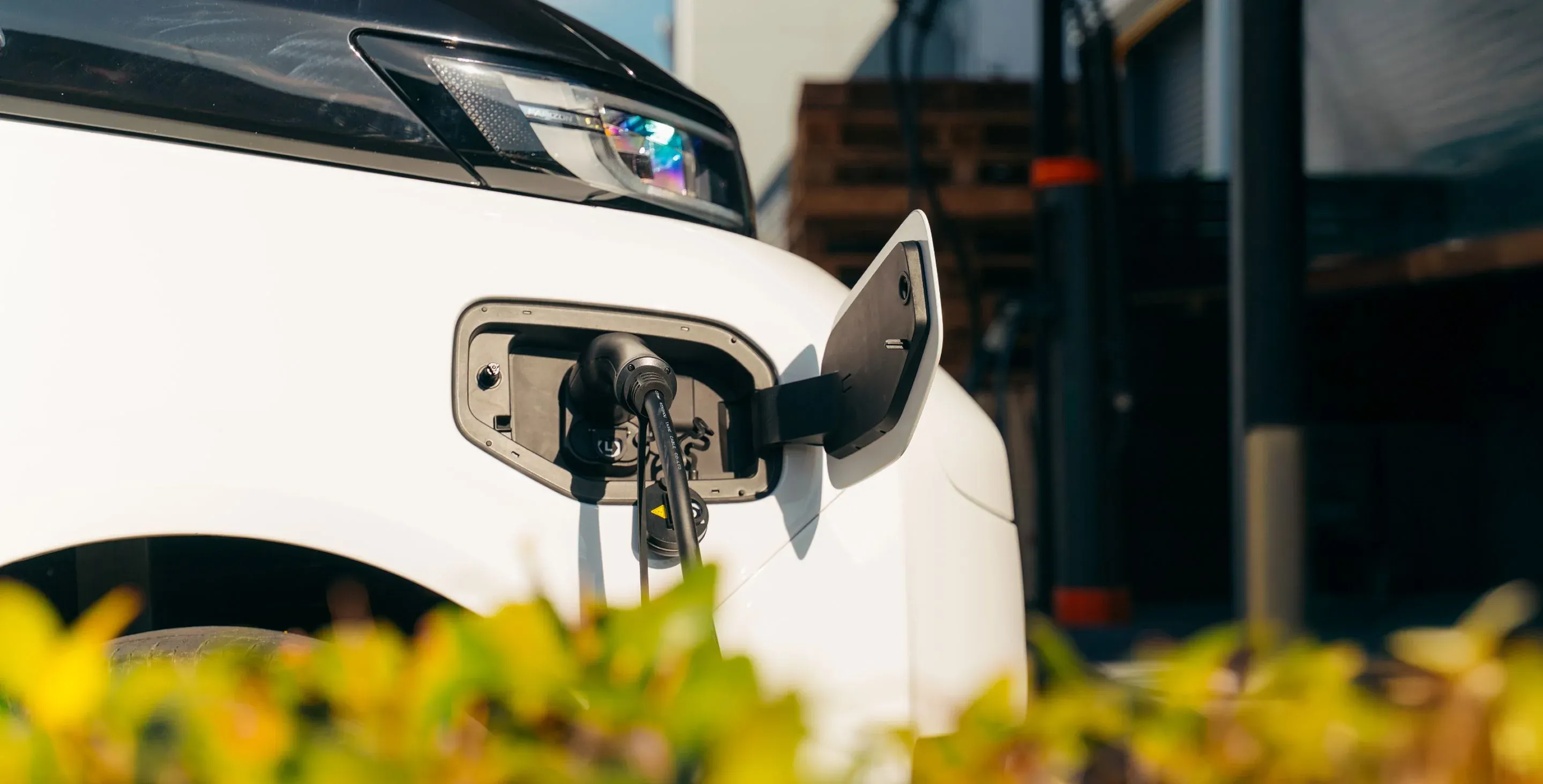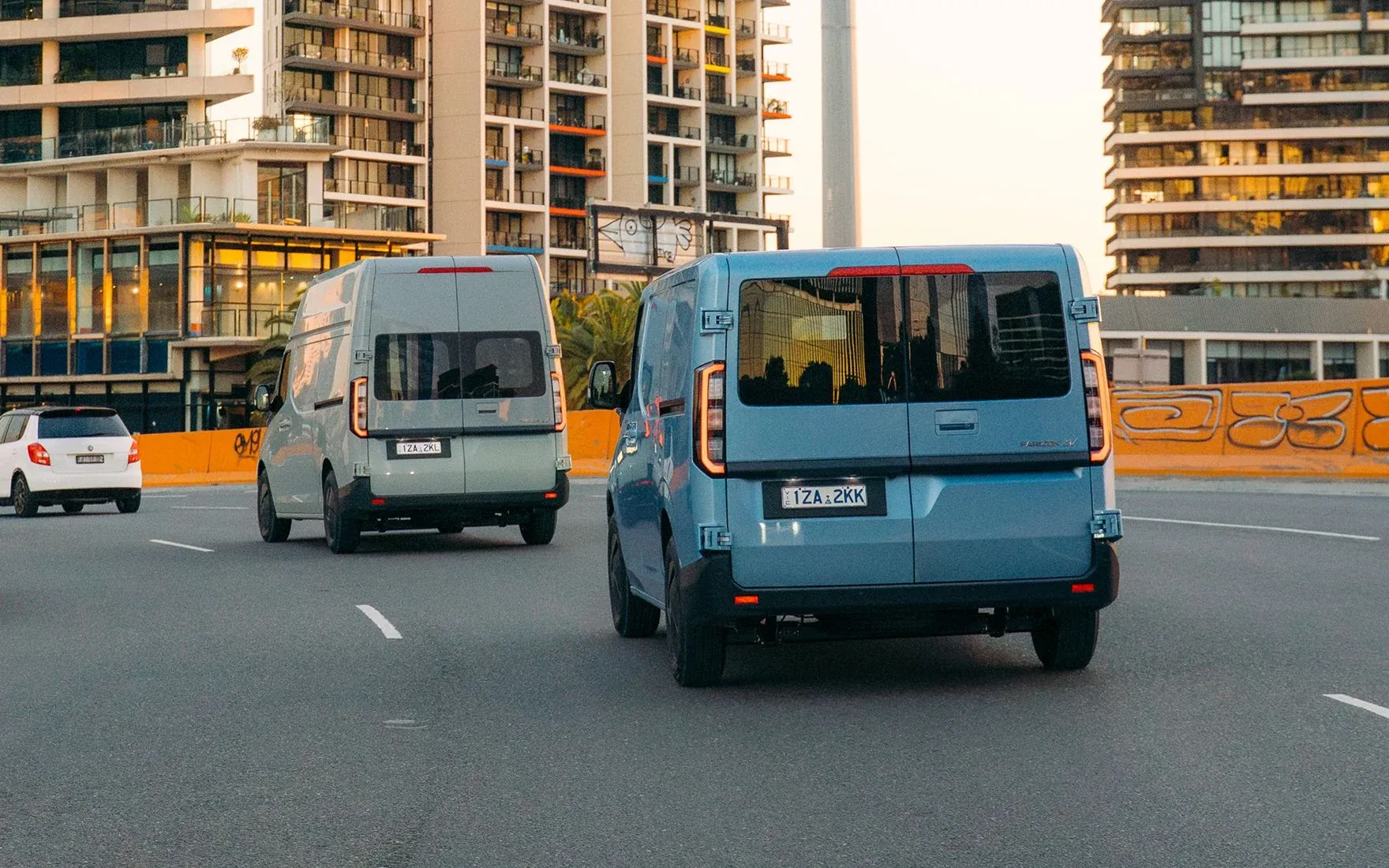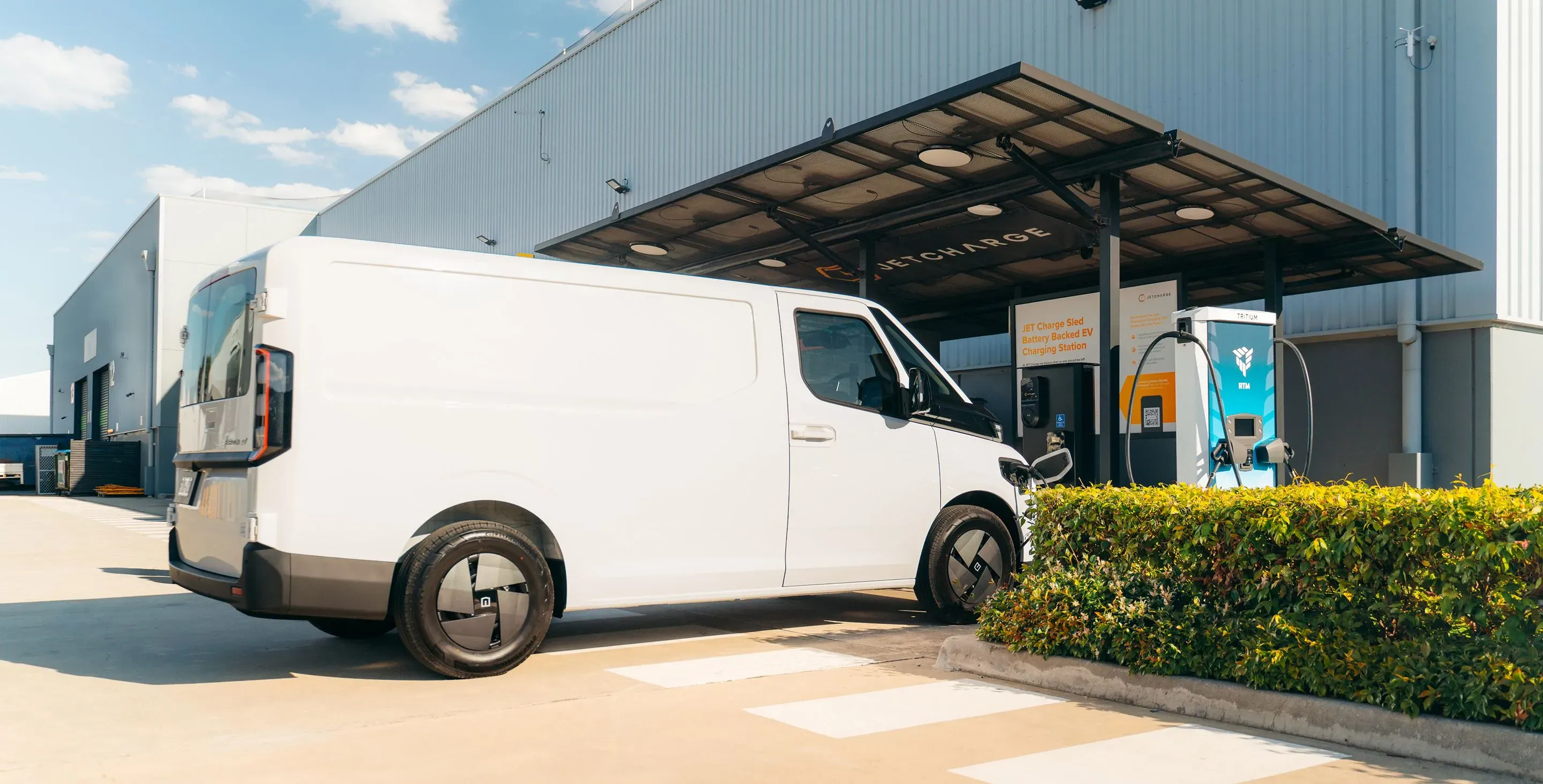
Farizon EV Charging | Home & Business Solutions
HOW DOES CHARGING AN ELECTRIC VAN WORK IN AUSTRALIA?
Thinking of switching to electric? One of the first things to understand is how charging works — and the good news is, it’s simpler than you think. Whether you're using a home EV charger, plugging in at a depot, or stopping at a DC fast charging station, keeping your van powered up is easy, affordable, and flexible.
This guide covers everything you need to know about charging an electric van in Australia — including time, cost, locations, and smart charging tips.
AC Charging is used for home and depot setups. It’s slower, but perfect for overnight top-ups. Farizon vans support 11kW AC charging via wall boxes.
DC Fast Charging is available at most public stations. It gives you a 30–80% top-up in around 36 minutes1 — ideal for fleets or long-distance travel.
Tip: All Farizon vans support both AC and DC inputs.

At Home: Install a dedicated home EV charger for fast, efficient overnight charging.
At Work: Depots can set up multiple AC units for fleet vehicles.
On the Road: Use apps like PlugShare or Chargefox to find over 3,000 public EV charging stations across Australia.
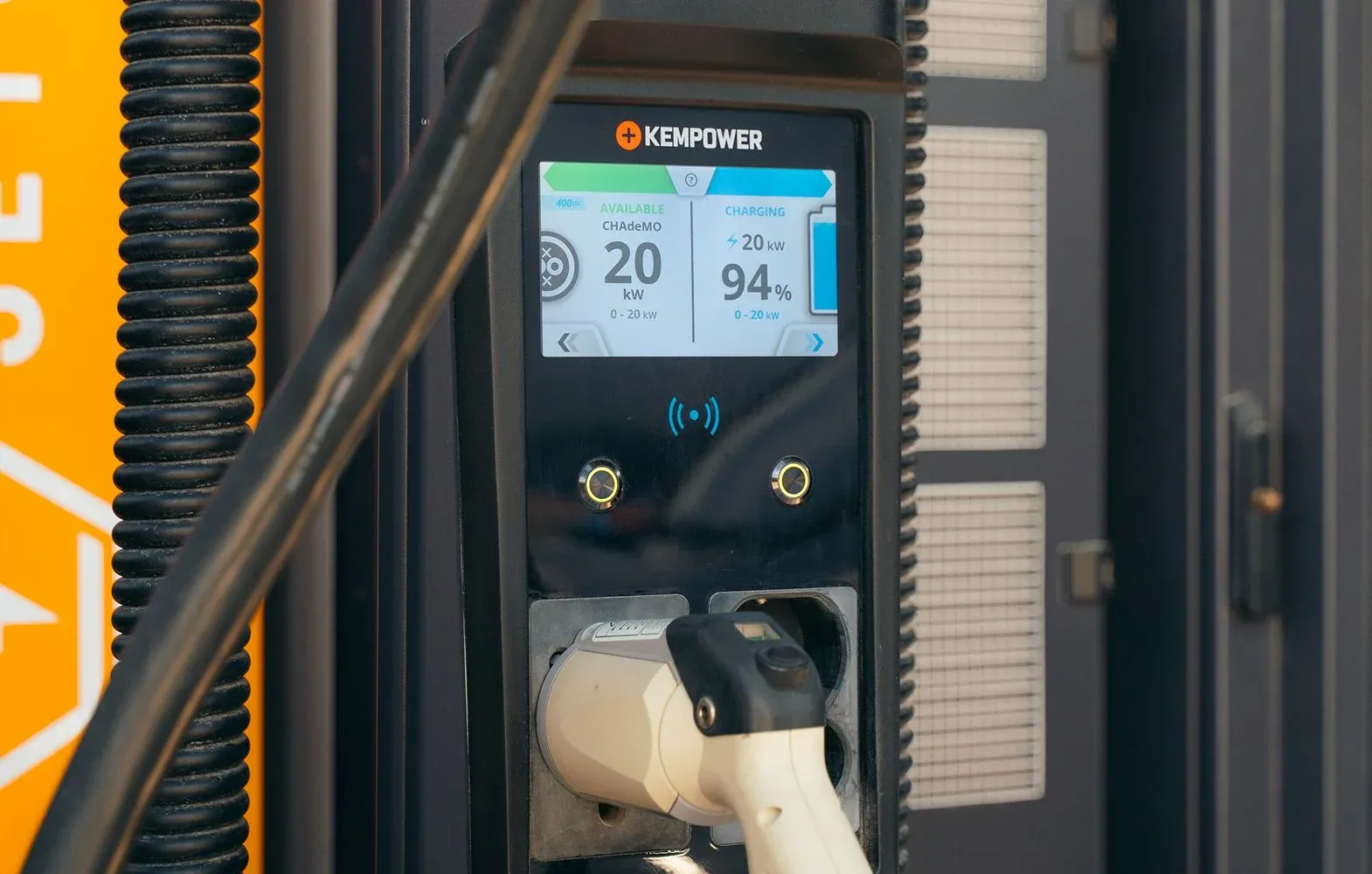
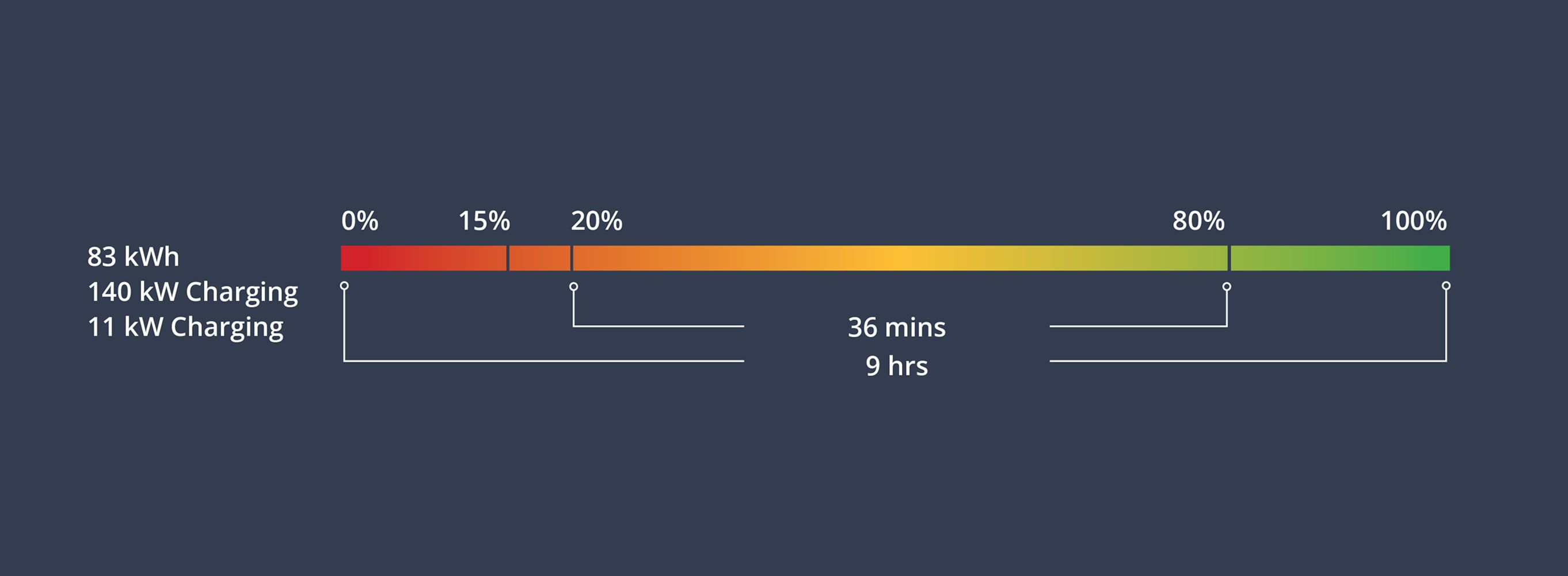
Compared to diesel, charging is dramatically cheaper.
• Home charging (off-peak rates):
~$0.20–$0.30 per kWh
• Public DC charging:
~$0.40–$0.60 per kWh
For a 83kWh battery (like in a SuperVan), a full home charge costs around $14–$21 — delivering up to 376km of range. That's around 5–7 cents per km, vs 20–30 cents/km for diesel.
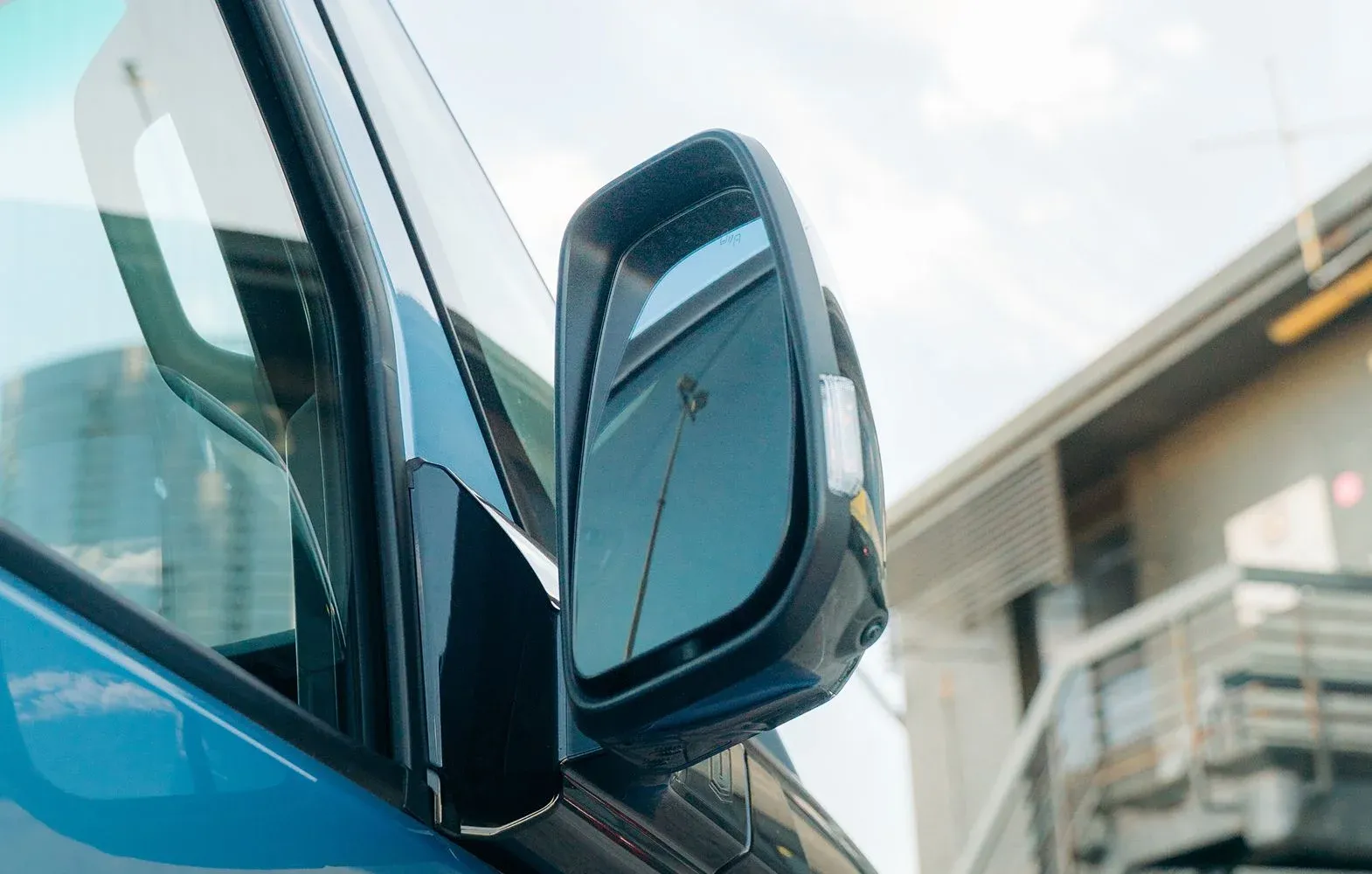
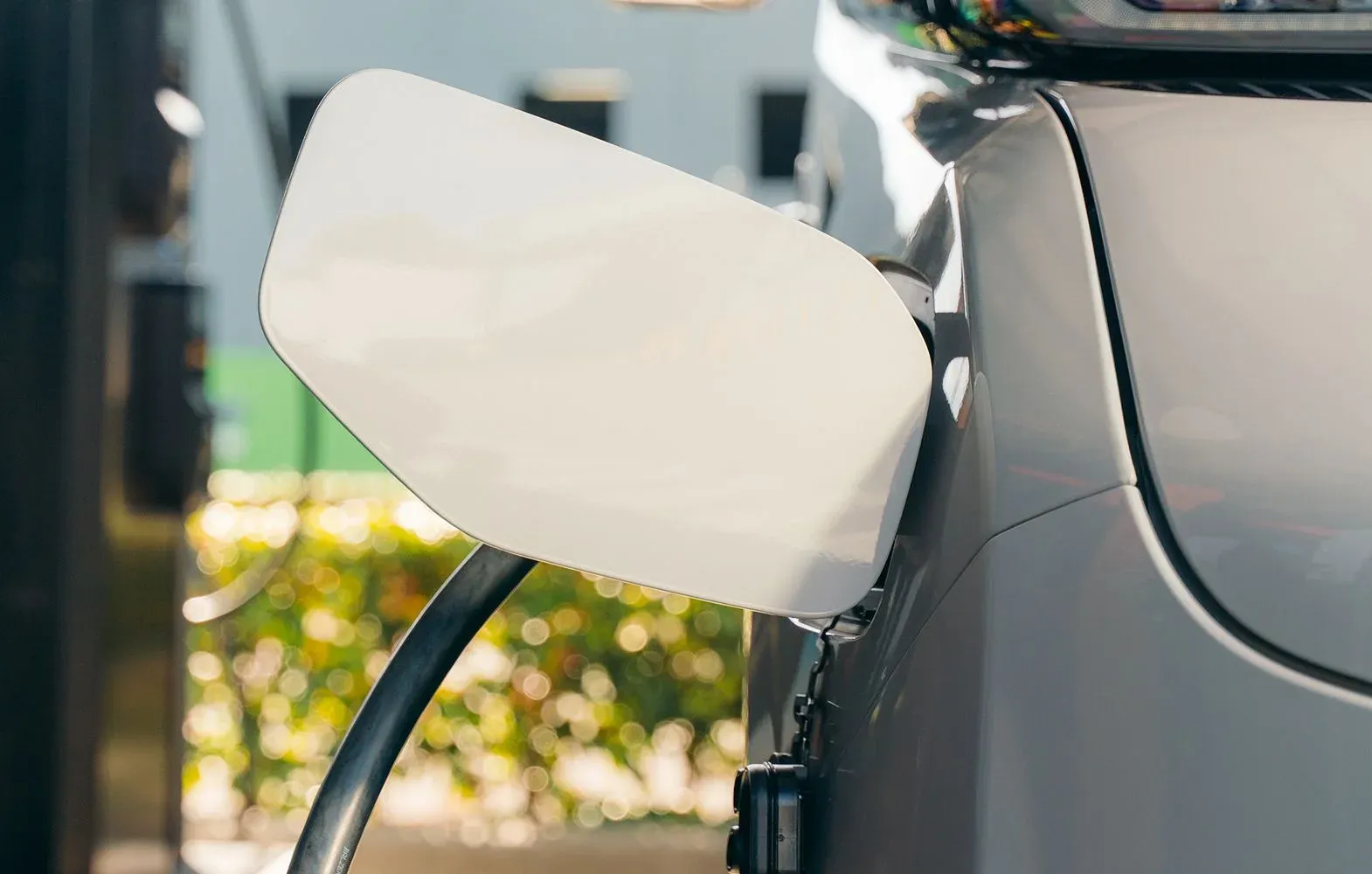
SMART CHARGING TIPS
Charging Is the Easiest Part of Going Electric
1 Values are derived from WLTP testing, which uses standardised laboratory conditions to measure energy consumption, range and emissions for vehicles. While WLTP is designed to better reflect real-world driving conditions, actual performance will vary based on multiple factors including driving habits, journey characteristics, vehicle specifications, battery health, use of features (including climate control), weather conditions and ambient temperature.





